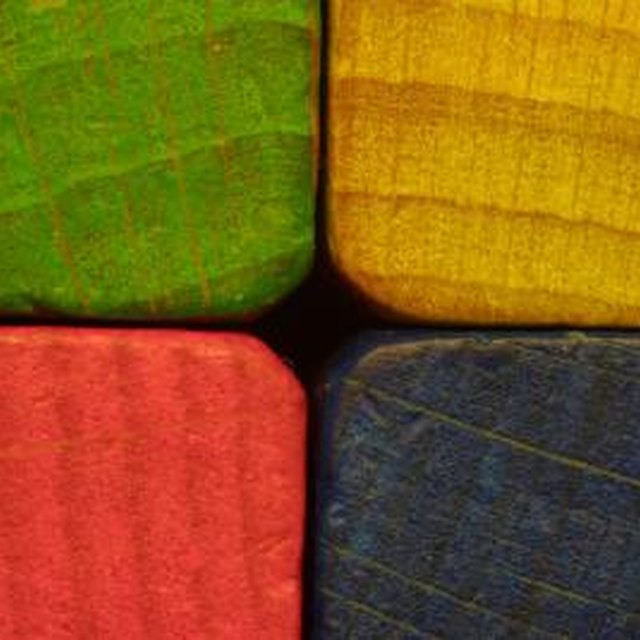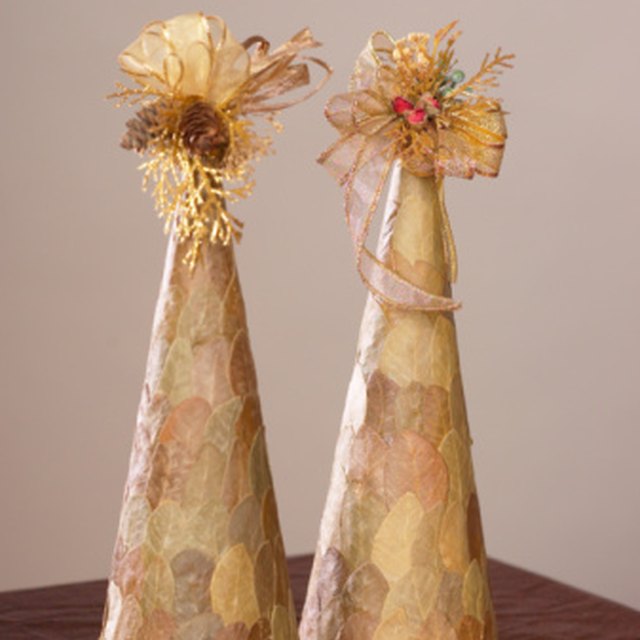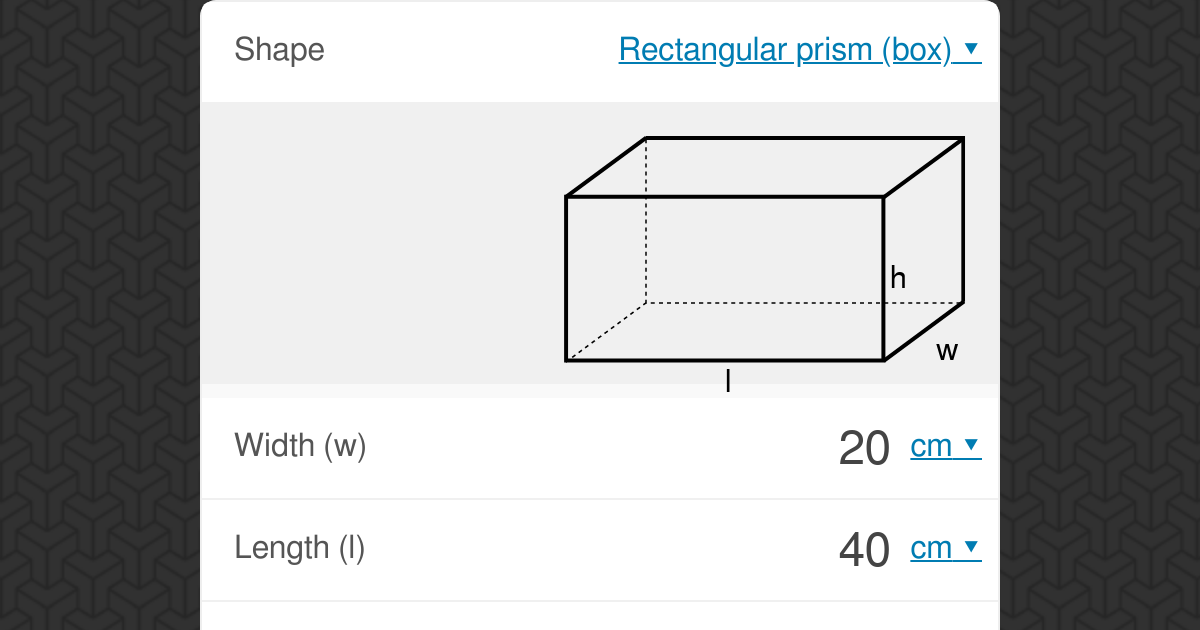In geometry, cone is a solid or hollow object with a round flat base and sides that slope up to a top point. The cone formulas, solved example & step by step calculations may useful for users to understand how the input values are being used in such calculations. Also this featured cone calculator uses the various conversion functions to find its area, volume & slant height in SI or metric or US customary units. A cone is a 3D shape with only one vertex, having a circular base. The top most point of a cone is the vertex or apex. The slant height of a cone is defined as the distance from the apex to any point lying on the circumference of the base.
The slant height is usually denoted by letter 'l' or even sometimes by the letter 's'. In the right circular cone calc, find l by just entering radius and height as inputs. The slant height of a cone calculator helps to find the height of a cone.
In the field of geometry calculations, finding the area, volume & slanting height of a cone is very important to understand a part of basic mathematics. Calculations at a truncated right circular cone . A truncated cone is a cone with the tip straight cut off. The base is the larger circle, the top surface is the smaller circle. The slant height is the shortest distance between the two circles, the lateral surface is the surface without the circles.
Enter radiuses and height and choose the number of decimal places. For the calculation of general truncated cones see frustum. Here, we studied the definitions of the area, the volume of the right circular cone, and its formulas. If the cone is right circular the intersection of a plane with the lateral surface is a conic section. In general, however, the base may be any shape and the apex may lie anywhere . Contrasted with right cones are oblique cones, in which the axis passes through the centre of the base non-perpendicularly.
Let's get right to it — we're here to calculate the surface area or volume of a right circular cone. As you might already know, in a right circular cone, the height goes from the cone's vertex through the center of the circular base to form a right angle. Right circular cones are what we typically think of when we think of cones. If a cone and cylinder have the same height and base radius, then the volume of cone is equal to one third of that of cylinder. That is, you would need the contents of three cones to fill up this cylinder. The same relationship holds for the volume of a pyramid and that of a prism .
In this article, we have studied the definition of cone and the right circular cone, and we discussed real-life examples of the right circular cone. We also studied properties of the right circular cone and terms related to the right circular cone-like vertex or apex, axis, base, radius, height and slant height etc. Let us suppose we want to make a cone with radius of the circular base r a height h.
For the design of the cone, we need to find formulas for \( \theta \) and \( s \) of the sector in terms of \( r \) and \( h \) of the cone. A cone has a three-dimensional shape so calculating its volume can seem a little complicated. To help you understand better, in this article we explain what a cone is as well as how to calculate its volume. We detail the steps one by one and the formulas you have to use to calculate the volume of a cone with accurate examples.
The surface area of a cone is the sum of the lateral surface area and the base surface area. If you know the radius of the base and the slant height of the cone, you can easily find the total surface area using a standard formula. Sometimes, however, you might have the radius and some other measurement, such as the height or volume of the cone. In these instances, you can use the Pythagorean Theorem and the volume formula to derive the slant height, and thus the surface area of the cone.
It has a curved surface which tapers (i.e. decreases in size) to a vertex at the top. The height of the cone is the perpendicular distance from the base to the vertex. A cone is a three dimensional geometric shape with one vertex and a circular base.
The line form the centre of the base to the apex is the perpendicular height. An oblique cone is a cone with an apex that is not aligned above the center of the base. It "leans" to one side, similarly to the oblique cylinder.
The cone volume formula of the oblique cone is the same as for the right one. The Pythagorean Theorem will be used to calculate the slant height using the radius and height of the cone as the right triangle's legs. The distance between the vertex to any point on the circumference of the base of the cone is called slant height. The line segment \(AB\) is the slant height of the right circular cone.
A right circular cone is formed by revolving the right-angled triangle about any one of its sides other than the hypotenuse. A right circular cone has a flat surface and curved surface, and they meet up at a point known as the vertex or apex of the cone. The following mathematical formulas are used in this cone calculator to find the area, volume & slanting height of a cone.
Identify the radius of the cone's base circle. If you have the diameter, cut it in half to get the radius. If you have the slant height and perpendicular height, use the Pythagorean theorem. This online calculator will calculate the various properties of a right circular cone given any 2 known variables. The term "circular" clarifies this shape as a pyramid with a circular cross section. The term "right" means that the vertex of the cone is centered above the base.
Using the term "cone" by itself often commonly means a right circular cone. The right circular cone is the three-dimensional solid. A right circular cone is a cone in which the line of the axis is perpendicular to the base. In other words, a cone in which a line joining the vertex to the center of the cone is perpendicular to the base of the cone is called a right circular cone. In projective geometry, a cylinder is simply a cone whose apex is at infinity. This is useful in the definition of degenerate conics, which require considering the cylindrical conics.
A cone with a region including its apex cut off by a plane is called a "truncated cone"; if the truncation plane is parallel to the cone's base, it is called a frustum. An "elliptical cone" is a cone with an elliptical base. A "generalized cone" is the surface created by the set of lines passing through a vertex and every point on a boundary . The "base radius" of a circular cone is the radius of its base; often this is simply called the radius of the cone. The aperture of a right circular cone is the maximum angle between two generatrix lines; if the generatrix makes an angle θ to the axis, the aperture is 2θ. If the enclosed points are included in the base, the cone is a solid object; otherwise it is a two-dimensional object in three-dimensional space.
In the case of a solid object, the boundary formed by these lines or partial lines is called the lateral surface; if the lateral surface is unbounded, it is a conical surface. A cone is a three-dimensional figure with one circular base. A curved surface connects the base and the vertex. Given radius and height calculate the slant height, volume, lateral surface area and total surface area.
A cone has a circular base of radius 10 cm and a slant height of 30 cm. Notice that this relation expresses the water's volume as the function of two variables, r and h. We can only take the derivative with respect to one variable, so we need to eliminate one of those two. Since the question asks us to find the rate at which the water is falling when its at a particular height, let's keep h and eliminate r as a variable using similar triangles. Q.4. Latha prepares a birthday cap with a piece of paper in the form of a right circular cone radius \(3\) inches and height \(4\) inches.
Find the slant height of the birthday cap made by her. The volume of the right circular cone equals one-third of the product of the area of base and height of the right circular cone. The curved surface area of the right circular cone equals the area of the sector formed . Space or region occupied by a curved surface of the right circular cone is called the curved surface area or lateral surface area of the right circular cone. It is written in short as C.S.A. The curved surface area of the right circular cone does not include the area of the base. Calculates the volume, lateral area and surface area of a circular truncated cone given the lower and upper radii and height.
The formula for the lateral surface area of a cone is the radius multiplied by the slant height multiplied by pi. To find the combined area of the base and sides, you need the slant height of the cone, l. As you can see on the diagram, this is different from the height, h, which goes from the vertex to the center of the circular base.
Assuming you are given the lateral surface area and the slant height, divide the lateral surface area by the product of pi and the slant height. Take the square root of each side of the equation. This will give you the length of the hypotenuse of the right triangle, which is equal to the slant height of the cone.
The volumes of a cone and a cylinder are related in the same way as the volumes of a pyramid and a prism are related. If the heights of a cone and a cylinder are equal, then the volume of the cylinder is three times as much as the volume of a cone. The volume V of a cone with radius r is one-third the area of the base B times the height h .
But the trick is to figure out how to design a 2-D net for the cone. Did you know that the 2-D net for a cone is a sector of a circle? Here, the circle we are talking about has radius s . So we know the radius of the sector is s, not r. But the big question is, how big is the angle of the sector? The amount of the circumference of the sector is the same as the whole circumference of the cone's base, namely, 2𝜋r.
Given radius and slant height calculate the height, volume, lateral surface area and total surface area. Q.5. Find the total surface area of the cone with base radius \(7\,\rm\) and slant height \(15\,\rm\). Q.2. Find the volume of the tent, which is in the form of a right circular cone, whose radius and height are \(24\,\rm\) and \(10\,\rm\) respectively.
Q.1. Find the curved surface area of the right circular cone whose radius is \(2\) units and height is \(2\sqrt 3\) units. The below figure shows how the volume of the right circular cone equals one-third of the volume of the cylinder. Space or region occupied by a complete surface of the right circular cone is called the total surface area. In short, it can be written as T.S.A. The total surface area of the right circular cone is the sum of the areas of the curved surface area of the cone and the area of the base. By using the above formula, we can find the slant height of the right circular cone with the help of height and radius.
The formula for the volume of a cylinder is πr2h. The volume of a cone that has the same base and height is exactly one-third the volume of the cylinder. This is true for any cone that can be inscribed in a cylinder as long as the base and height are the same. Since r is not given, use the Pythagorean formula to determine r. Note that the height , slant height and the radius forms a right triangle, wherein the s is the hypotenuse.
To make a cone, we start with a sector of central angle θ and radius s, we then joint points A and B letting point O move upward untill OA and OB are coincident. The radius s of the sector is equal to the slant height s of the cone. The curved surface area is also called the lateral area. Make sure you don't confuse the height of the cone with the slant height, which is the diagonal distance from the top vertex of the cone to the edge of the base.
The slant height is the diagonal distance from the top vertex of the cone to the edge of the base. An example of the volume of a truncated cone calculation can be found in our potting soil calculator, as the standard flower pot is a frustum of a cone. Mathepower can calculate the base area, lateral area, surface, height and volume of a cone.
Just enter your exercise and it will be solved step-by-step. Given height and slant height calculate the radius, volume, lateral surface area and total surface area. Given radius and total surface area calculate the height, slant height, volume and lateral surface area. Given radius and lateral surface area calculate the height, slant height, volume and total surface area. Given radius and volume calculate the height, slant height, lateral surface area and total surface area. A tent is in the form of a cylinder surmounted by a cone of radius 12 m.
The height of the conical portion is 7 m, which is equal to the height of the cylindrical portion of the tent. As a result, the water's height in the cone h is changing at the rate $\dfrac$, which is the quantity we're after. Where r is the radius and l is the slant height of cone. The height and the slant height of a right circular cone are given as 3√23 cm and 16 cm respectively.
Approximating π by 22/7, find the curved surface area of the same cone. To improve this 'Volume of a circular truncated cone Calculator', please fill in questionnaire. Therefore, the slant height of the cone with radius is 0.75 cm.
























No comments:
Post a Comment
Note: Only a member of this blog may post a comment.